L’Oréal tech solutions are paving the way for innovative beauty. At Viva Technology 2023, the beauty giant debuted its HAPTA makeup application device to help those with physical disabilities, alongside K-Scan, an intelligence camera device for diagnosing scalp and hair issues, as well as several other progressive creations. L’Oréal returned to Viva Technology this year to unveil more future-forward tech-based offerings, from a clinical skin technology device to an AI-powered beauty assistant.
“Having pioneered Beauty Tech for years, we are firm believers that technology can push the boundaries of what’s possible for beauty to improve the lives of people around the world,” said Barbara Lavernos, Deputy CEO, Research, Innovation and Technology at L’Oréal Groupe, when announcing the new technologies.
“With human creativity, technology is at its most awe-inspiring, giving people a powerful tool for self-expression and brand expression,” added Asmita Dubey, Chief Digital and Marketing Officer at L’Oréal Groupe.
BeautyMatter outlines L’Oréal Groupe’s Viva Technology 2024 highlights:
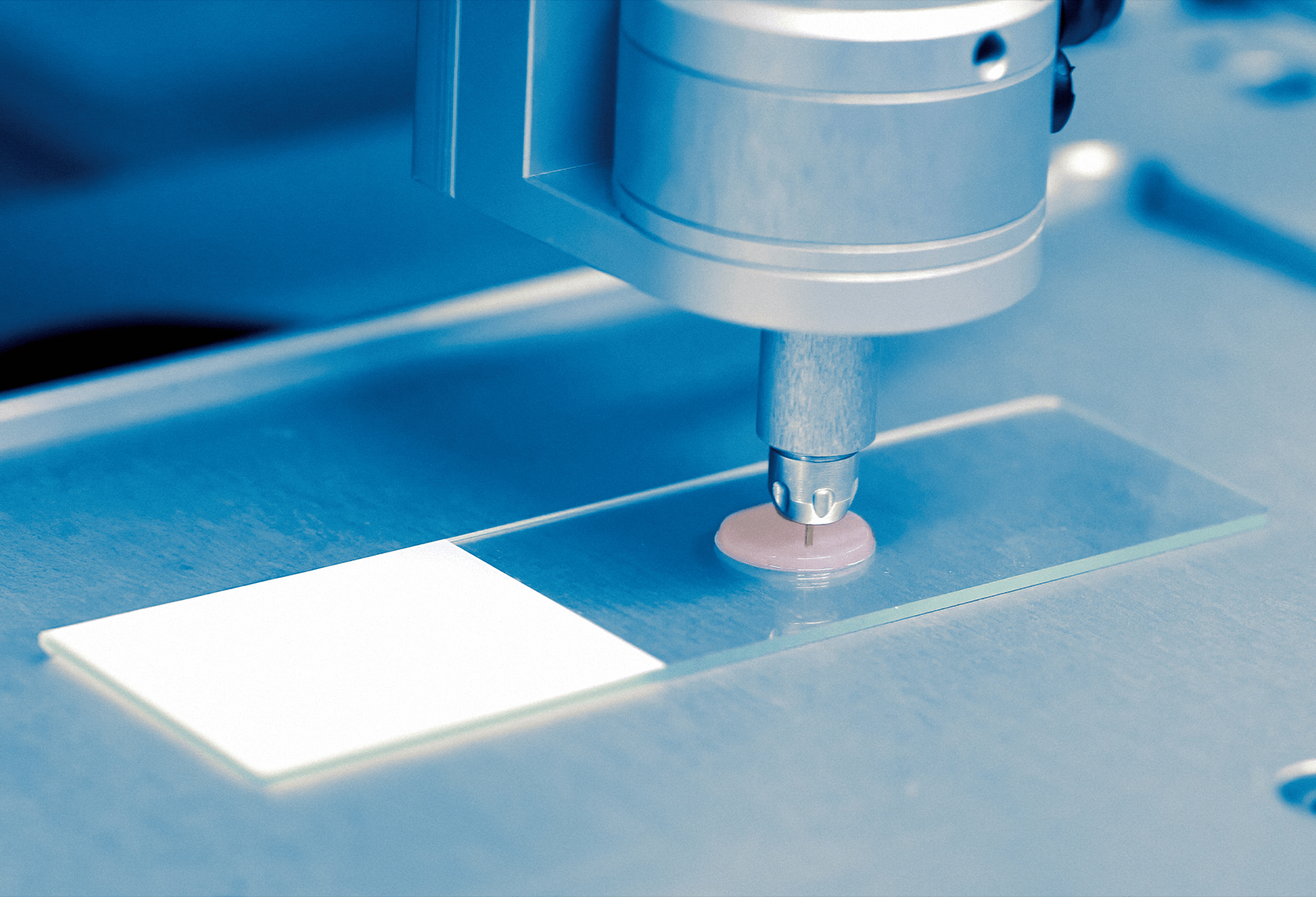
L’Oréal Groupe: Skin Technology is a combination of the best biology, mechanics, and electronics to create inclusive testing models that mimic the complexity of human skin. These reconstructed skins can tan, heal, and photoage, allowing the business to gain new knowledge in skin through research while avoiding animal testing. Through a partnership with the University of Oregon, L’Oréal has achieved a breakthrough in tissue engineering, and now has the capabilities to offer customizable skin grafts for burn victims and patients with skin diseases. L’Oréal will continue to invest into research for Skin Technology, and plans to create collaborations with healthcare industries, startups, and research institutes.

Kiehl’s: Derma-Reader is a deep skin analysis tool that evaluates customers skin using clinical imaging technology. The device measures eleven skin attributes both above and below the skin's surface. The Derma-Reader will become part of the brand's free in-store Healthy Skin Consultations, and is led by a Kiehl’s Skin Pro who takes nine pictures of the face using tri-polar light technology. This technology combines standard and cross-polarized light with UV flashes, which delivers a high-resolution diagnosis.
The device can diagnose surface conditions including wrinkles, fine lines, dark spots, texture, firmness, visible pores, redness, eye puffiness, dark circles, and crows feet. Below the surface conditions including UV damage and clogged pores can be detected. The device was created to enable customers to gain a better understanding of their skin's needs beyond what is visible to the naked eye. Once undergoing a consultation with the Derma-Reader customers will be recommended appropriate products, routines, and ingredients to best suit their diagnosis.
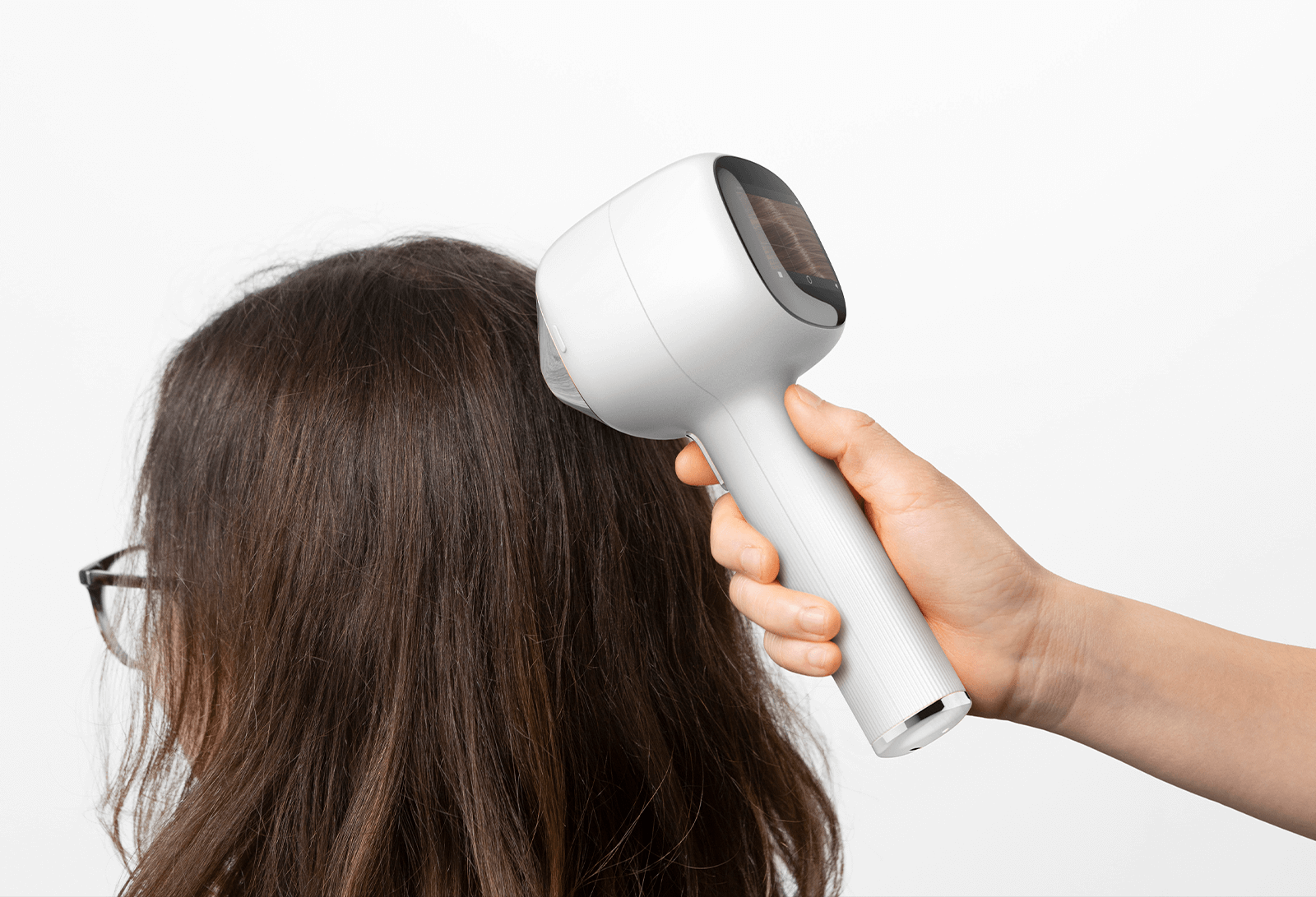
L’Oréal Professionnel: My Hair [iD] Hair Reader is the businesses first color diagnosis powered by artificial intelligence. The device is a unique hair color evaluator and analyzer that uses precise optics to investigate hair health and measure color.
The reader can analyze natural color, ,, gray percentage, hair fiber diameter, and density. The technology allows for customers to get the exact same color every salon visit, and is powered by an algorithm that has been trained with over 10,000 images from L’Oréal's internal color experts. The device is designed for ease of use and is cordless, hand-fitting, and embedded with a tacitle screen with an easy and accessible user interface.
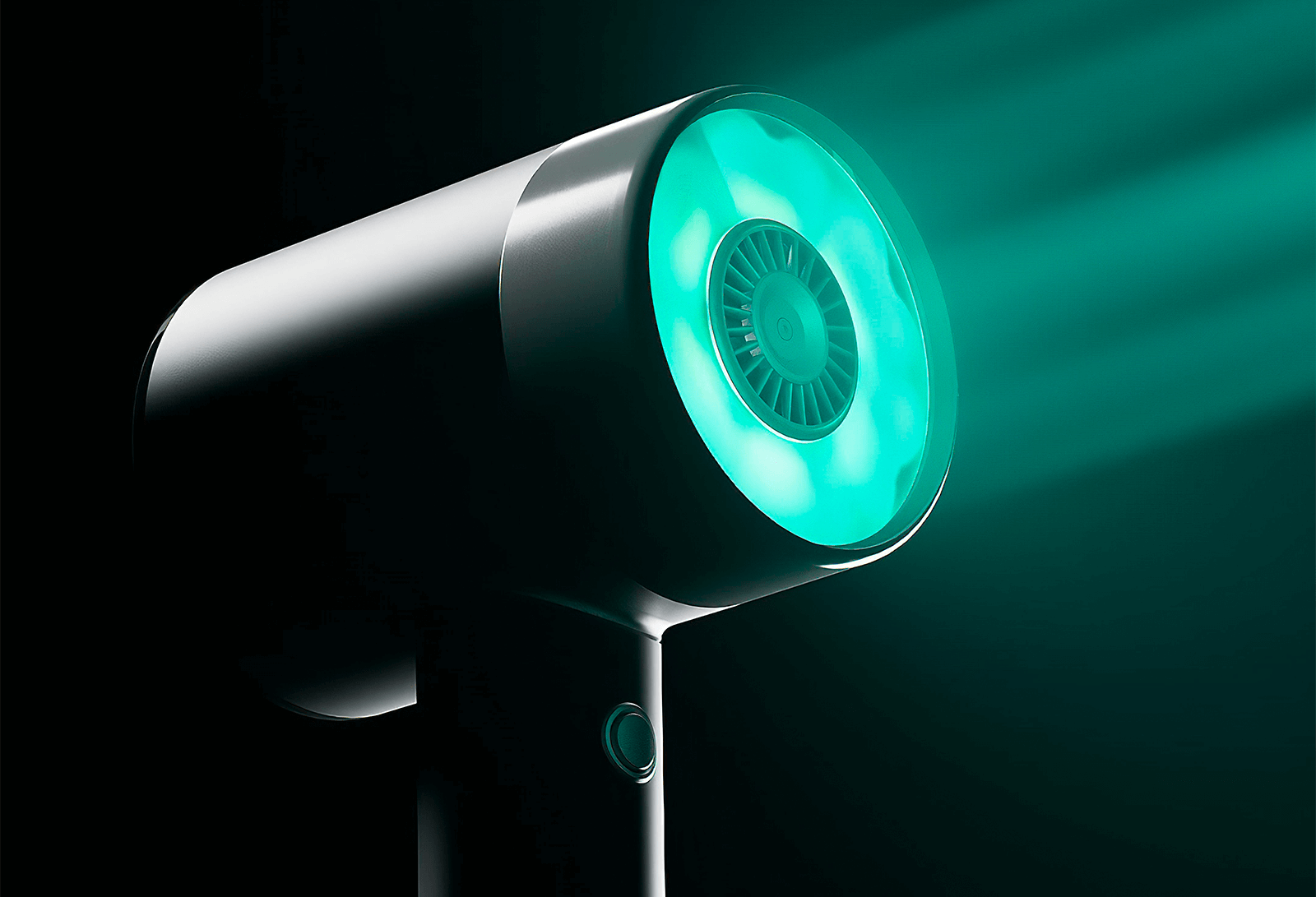
AirLight Pro is a revolution in drying hair said to be better for the hair and the environment. The device has been made for use in salons and by consumers at home, and claims to break through barriers of performance, speed, hair health, inclusivity, and sustainability.
To create the hairdryer, L’Oréal collaborated with Zuvi, a hardware start-up that focuses in light, optics, and micro-electronics. AirLight Pro combines infrared light to high-speed wind to efficiently dry water on the hair's surface, which is said to help provide better hair quality. The hairdryer is equipped with a 17-blade high-speed motor, and a patented infrared technology system powered by six halogen bulbs designed for fast hair drying.
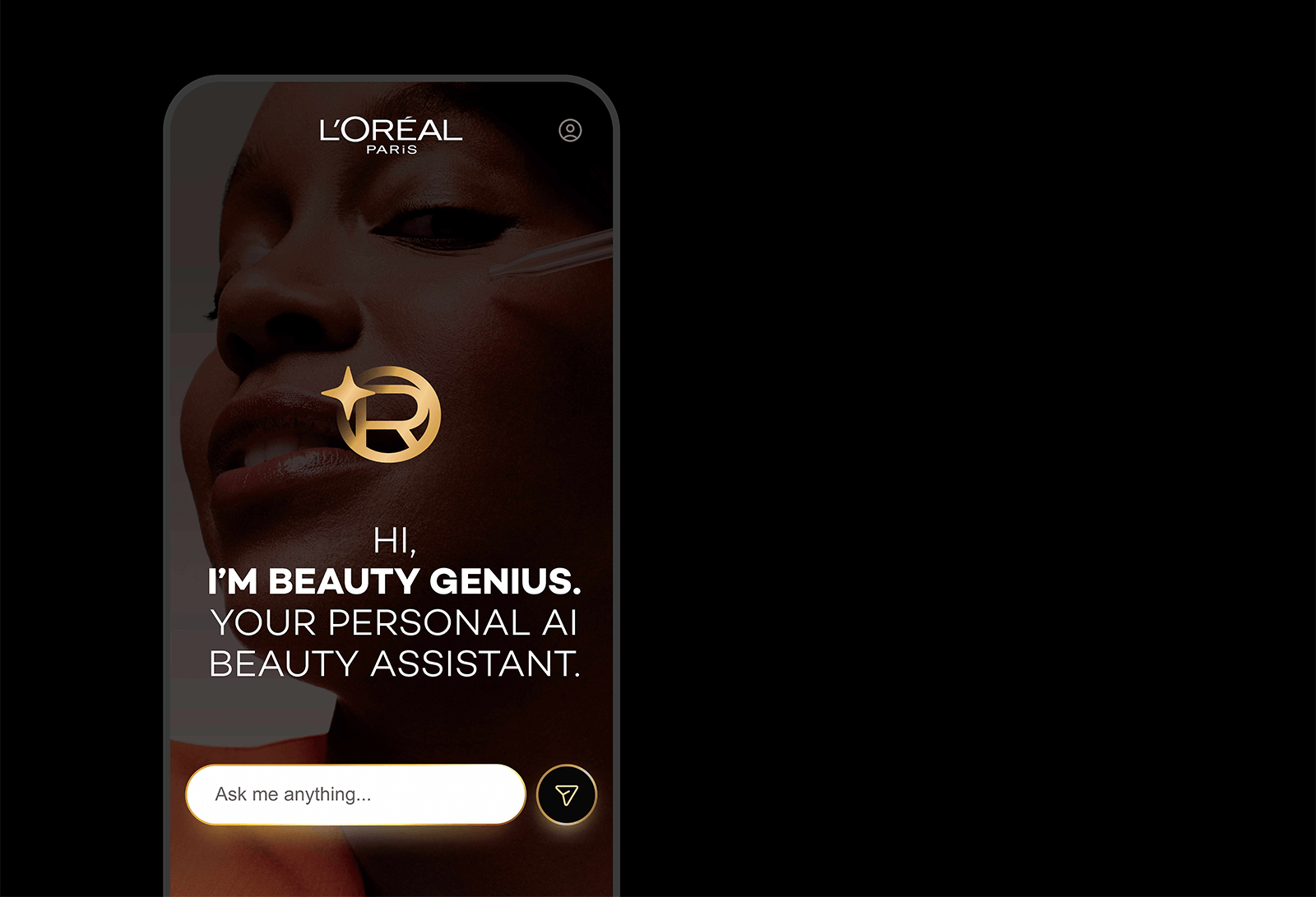
L’Oréal Paris: Beauty Genius is a generative AI-powered personal beauty assistant, created to engage with consumers and help them find the products they desire. The AI assistant leverages L’Oréal Paris’ proprietary information in haircare, hair color, makeup, skincare, clinical studies, and ingredients to help consumers make the best choices. Beauty Genius offers personalized diagnostics as well as virtual try-ons for skin and haircare products, and can tailor recommendations for over 750 products.
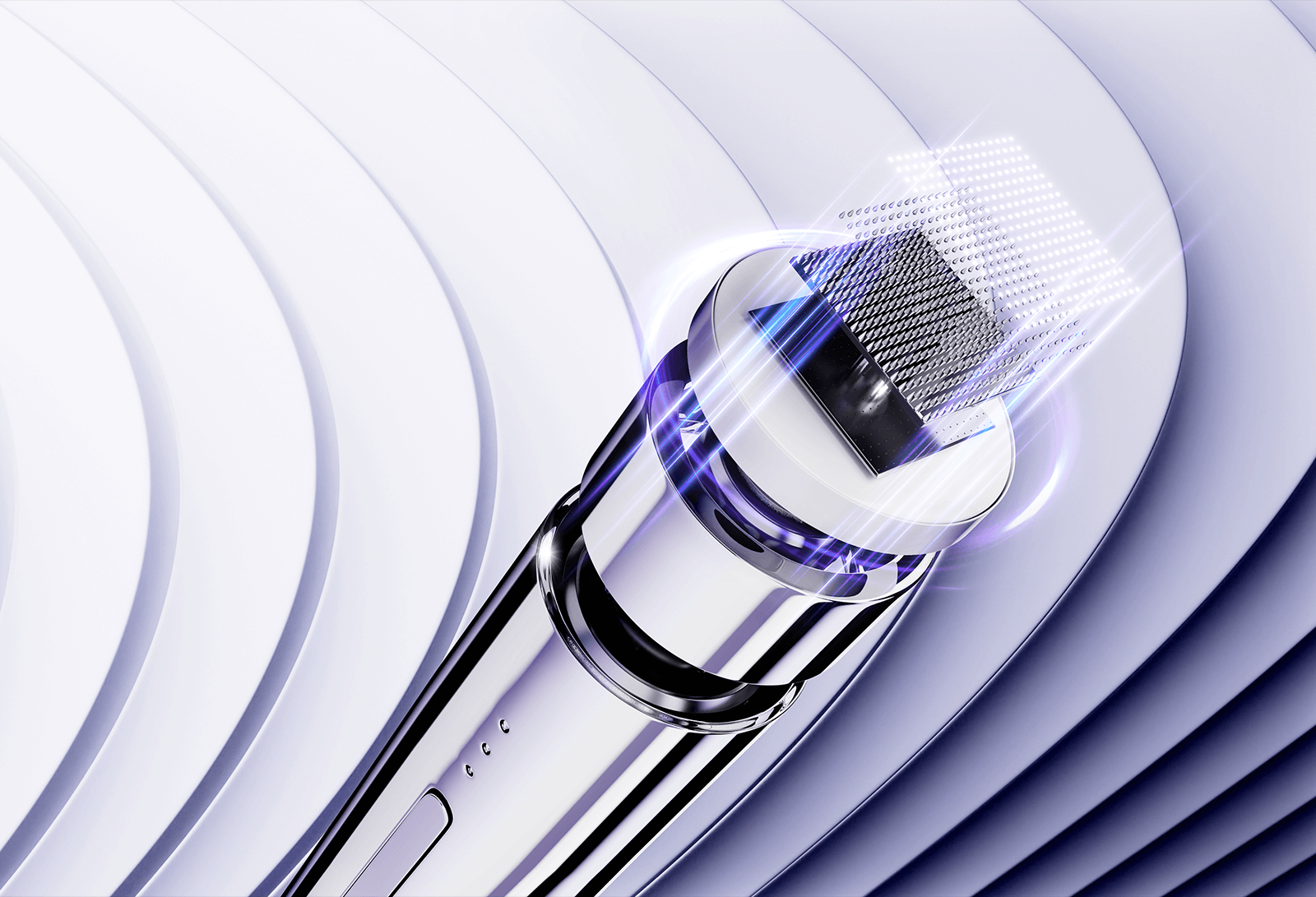
Lancôme: Renergie Nano-Resurfacer | 400 Booster is a beauty device specifically created to boost cosmetic penetration into the skin to amplify product performance. The device is powered by a patented nanochip technology that is made of over 400 nano-tips that offer clinically tested results from the consumer's home. The product has no skin downtime and can be used on all skin types for amplified results on four skin dimensions: wrinkles, fine lines, firmness, and tone evenness.

La Roche-Posay: CREAITECH is a generative AI beauty content lab that explores creations from copywriters, 3D artists, and marketers to build the next generation of beauty. CREAITECH is described as a safe space for experimentation, and uses an Nvidia-WPP engine alongside large language models, and diffusion models. The technology has already produced over 1,000 beauty images.
CREAITECH lab is pioneering the development of brand custom models, trained with the essential codes of L’Oréal Brands, to generate brand-compliant content. La Roche-Posay and Kérastase have already begun doing so, utilizing this tailored service in their content-creation process.
L’Oréal Groupe also announced its plans for the upcoming year alongside its new device launches. This included the New Codes of Beauty Creator Program, made in collaboration with Meta to empower the next generation of 3D, AR, and AI creators to help them explore frontiers in beauty. So far this year, L’Oréal Paris, Lancôme, and La Roche-Posay have all been utilizing this creative tool, embarking on collaborations with a team of 30 creators adept at leveraging cutting-edge tools and techniques.
The business also outlined its new sustainability measures, including new partners to aid their sustainability efforts: PACT+, a French sustainability-tech start-up that operates in over 60 countries to lower C02 usage; FRUGGER, a French start-up that will partner to allow L’Oréal to measure its website's carbon footprint; ADGREEN, a green tech partner that allows the business to measure the baseline carbon footprint of content production shoots, allowing preventative action prior to a shoot.
The range of offerings and commitments presented by L’Oréal are a testament to the business's dedication to bettering the industry, whether that be through innovative consumer solutions, scouting the next generation of talent in beauty, or sustainability efforts.
“We started our digital transformation nearly 15 years ago and now, in 2024, we continue to be the indisputable leader in Beauty Tech, by fulfilling the promise of ‘Beauty for Each, Powered by Beauty Tech’. With cutting-edge tech like augmented beauty tools, data-driven diagnostics, and smart devices, we’re making our products more personal and tailored than ever before,” concluded Bianca Juti, Chief Corporate Affairs & Engagement Officer at L’Oréal Groupe.